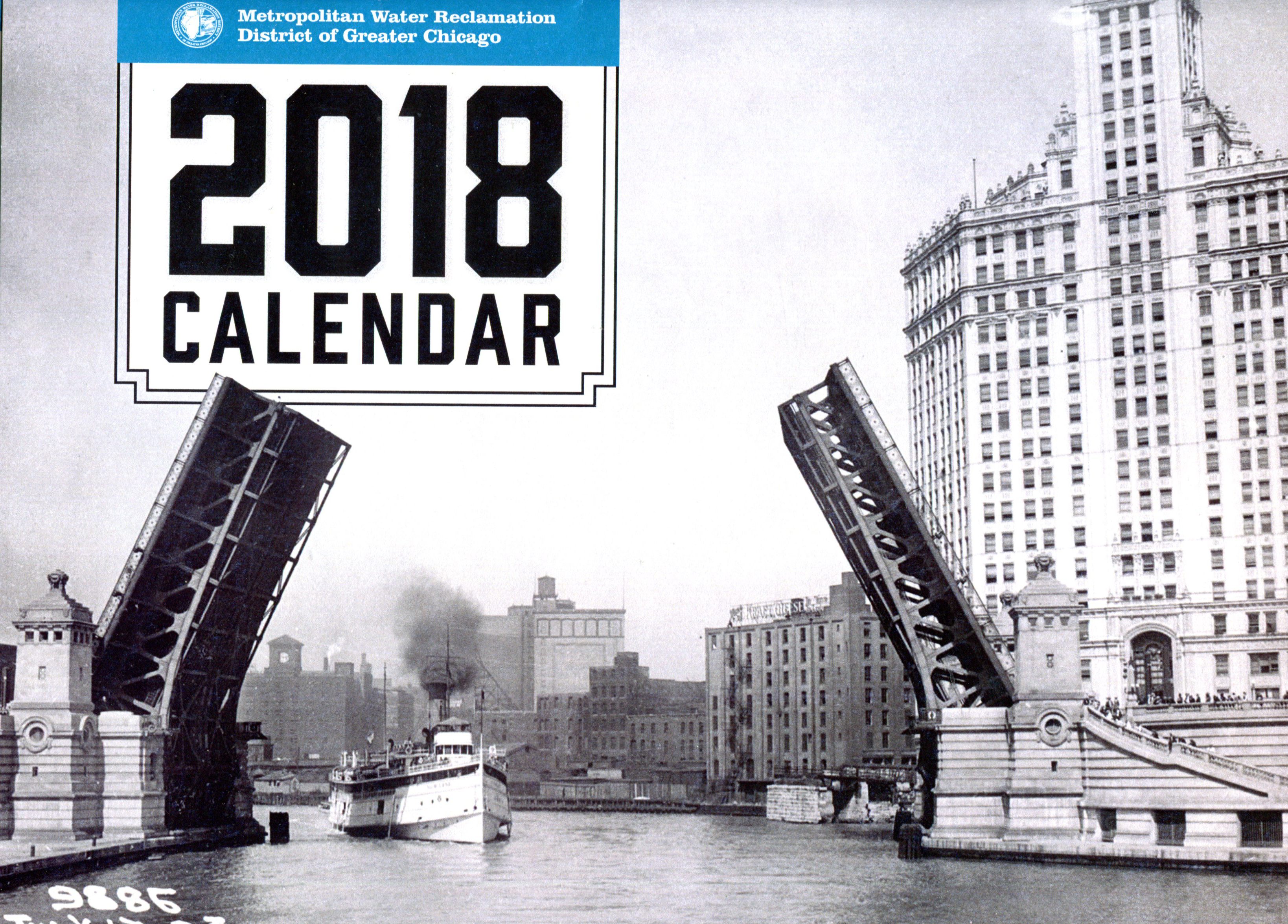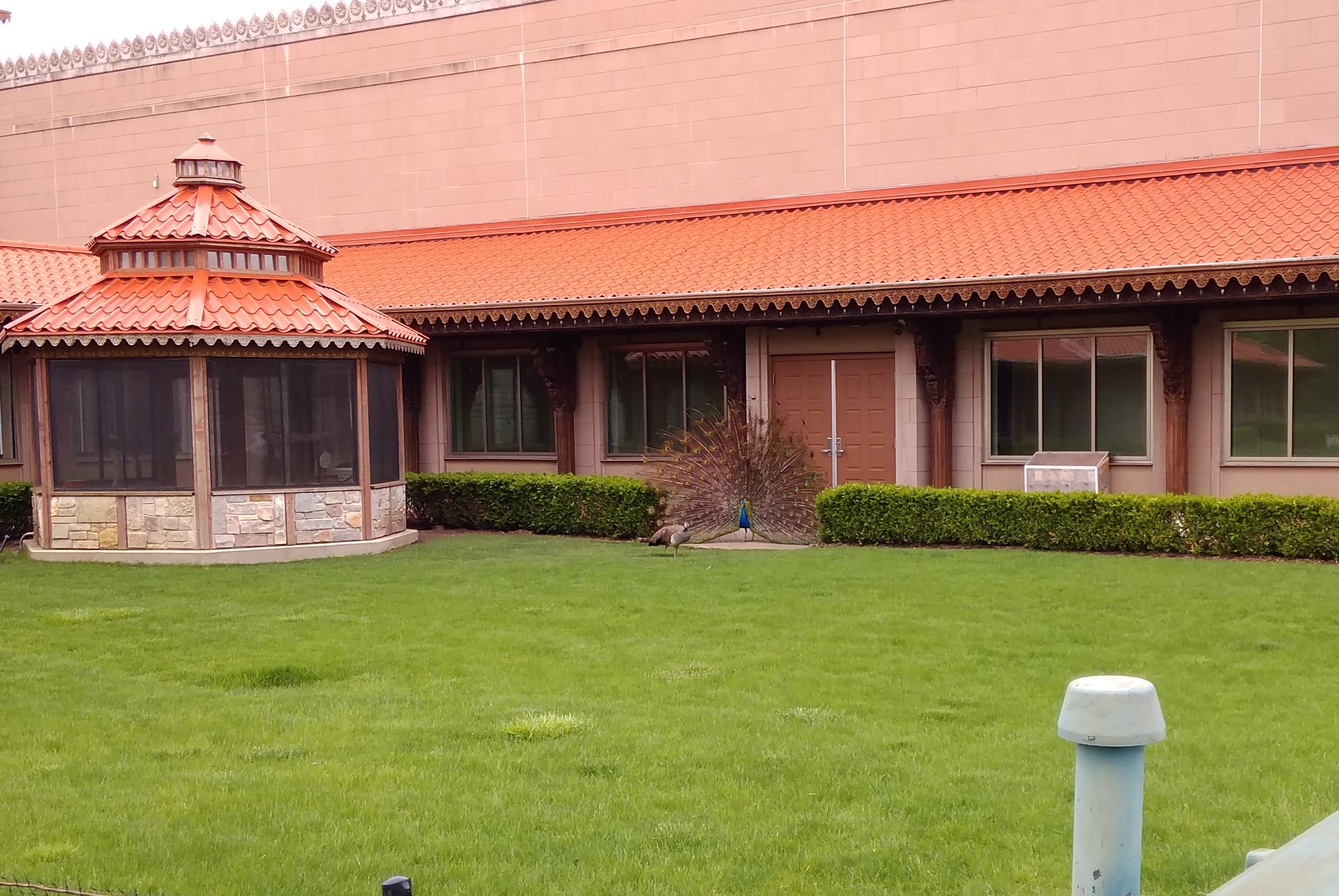I come across a fair number of things in my work, or even just gadding around the Internet, and not long ago I found out that last week was Infrastructure Week
“Infrastructure Week is a 501c4 non-profit working to educate America’s public about the importance of infrastructure to the nation’s economy, workers, and communities. Since 2013, Infrastructure Week has been led by its Steering Committee – a bipartisan coalition that includes leading business groups, labor unions, and think tanks working to improve America’s infrastructure,” says the organization’s web site.
I sense lobbyists in the background of that statement, the sort who lobby for more spending on infrastructure. There are worse things to lobby for.
The site also told me that there are events associated with Infrastructure Week. Many of them are panel discussions and the like, with little interest except to industry professionals and maybe infrastructure nerds (there have to be some). Then I saw that the Metropolitan Water Reclamation District of Greater Chicago, which has seven water reclamation facilities — treating about 450 billion gallons of wastewater each year — was having an open house. Just show up on Saturday morning at one of the facilities and you can look around.
The closest to where we live is the Hanover Park Water Reclamation Plant. The plant is on a large piece of land, 289 acres, and has 12 buildings, plus wells and large storm retention reservoirs, yet is remarkably inconspicuous even in the thick of the northwestern suburbs, set back from major roads and completely enclosed by tall fencing.
Yuriko and I went at 10 on Saturday; our daughters were still asleep, and didn’t want to be wakened for mere infrastructure. The facility’s usual closed gates were open when we got there. The main building looks exactly like what it is, part of an industrial complex developed in the early 1960s, just when the suburbs were coming out this way.
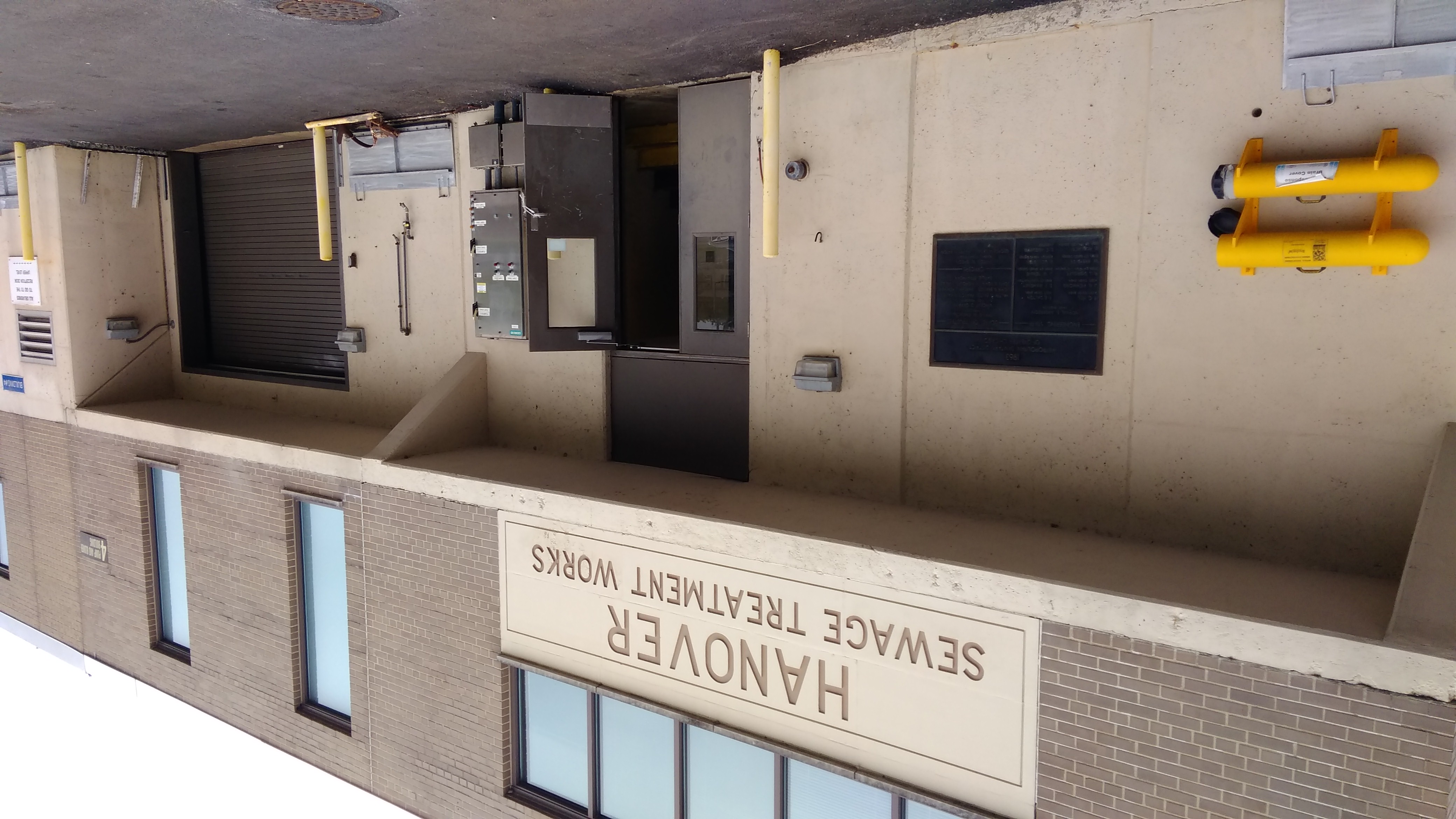 At some point, I suspect, “Sewage Treatment Works” was deemed unseemly, so it became a Water Reclamation Plant, but the old name remained carved over the door.
At some point, I suspect, “Sewage Treatment Works” was deemed unseemly, so it became a Water Reclamation Plant, but the old name remained carved over the door.
First we watched a short video about the plant and its various operations, including efforts in sustainability, and then one of the staff showed us around. There were eight visitors all together when we were there, including us, so overcrowding wasn’t an issue. Infrastructure doesn’t pack ’em in.
The sewage is pumped from the sewer up to a series of treatment pools that cascade downward, letting gravity take the water through the successive steps. Large objects and then smaller particles are removed in various ways, and microorganisms that eat the waste are introduced.
In this way, the plant treats an average of 12 million gallons a day, with a maximum capacity of 22 million gallons. During periods of heavy rain, it comes close to that, and occasionally the facility can’t keep up. The guide said that during the heavy rains of September 2008, sand bags had to be used to protect the plant buildings from flooding.
The water reclamation district says: “Water entering Hanover Park WRP passes through coarse screens to filter out large debris, followed by pumping and primary settling, which includes further screening, grit removal and separation of solids from the water in which aerated grit tanks and settling tanks remove fats and oils.”
The primary settling tanks were the only ones that smelled bad. A slight whiff of human fecal odor hung in the air, just enough to notice. Elsewhere, there was little smell, except chlorine near where that is introduced to the water (before the water is released, the chlorine is neutralized).
“In secondary treatment, microorganisms remove organic material from the water as oxygen is pumped into aeration tanks,” the district continues: “Solids then settle at the bottom and clean water flows out the top of additional settling tanks.
“After passing through primary and secondary treatment, the treated water at Hanover Park passes through sand filters and is then disinfected using chlorination and de-chlorination. Clean water that has passed through the Hanover Park WRP treatment processes is released from the Hanover Park WRP into the DuPage River. It only takes 12 hours for wastewater to be converted from raw sewage to clean water.”
The sand filters are in a large, long shed of a building. According to the guide, the filters were the first of their kind to go into service, ca. 1971, and it was considered so important that President Nixon came to the dedication. Might have been during the run up to the passage of the Clean Water Act.
As far as I could tell from the description, a sand filter is exactly what it sounds like. Water leeching through sand to remove even more particles. It might have been state-of-art 45 years ago, but the sand filters are going to be phased out soon for newer tech, the name of which I forget.
At the end of the visit, we picked up some water reclamation souvenirs that the district was giving away. Including postcards!
 Also, 40-lb. bags of compost that the plant makes. Remarkably, most of the plant’s solid wastes (sludge) eventually goes to fertilize a farm — which is on site.
Also, 40-lb. bags of compost that the plant makes. Remarkably, most of the plant’s solid wastes (sludge) eventually goes to fertilize a farm — which is on site.
“In 1969, the MWRD purchased the Fischer farm (200 acres adjacent to the Hanover Park WRP) and built the Upper DuPage reservoir, which holds about 75 million gallons of stormwater overflow. The farmland also includes 100 acres for growing corn and soybeans… The harvested corn and soybeans are used for feedstock, ethanol and biodiesel.”
Glad to see this bit of infrastructure. I’m all for visiting more conventional sites, which should be obvious. Infrastructure’s worth seeing, too, if only to remind me occasionally of the massive machines and systems in motion out there, all essential to our health and comfort but unnoticed unless something goes badly wrong, and all put together by us clever apes.
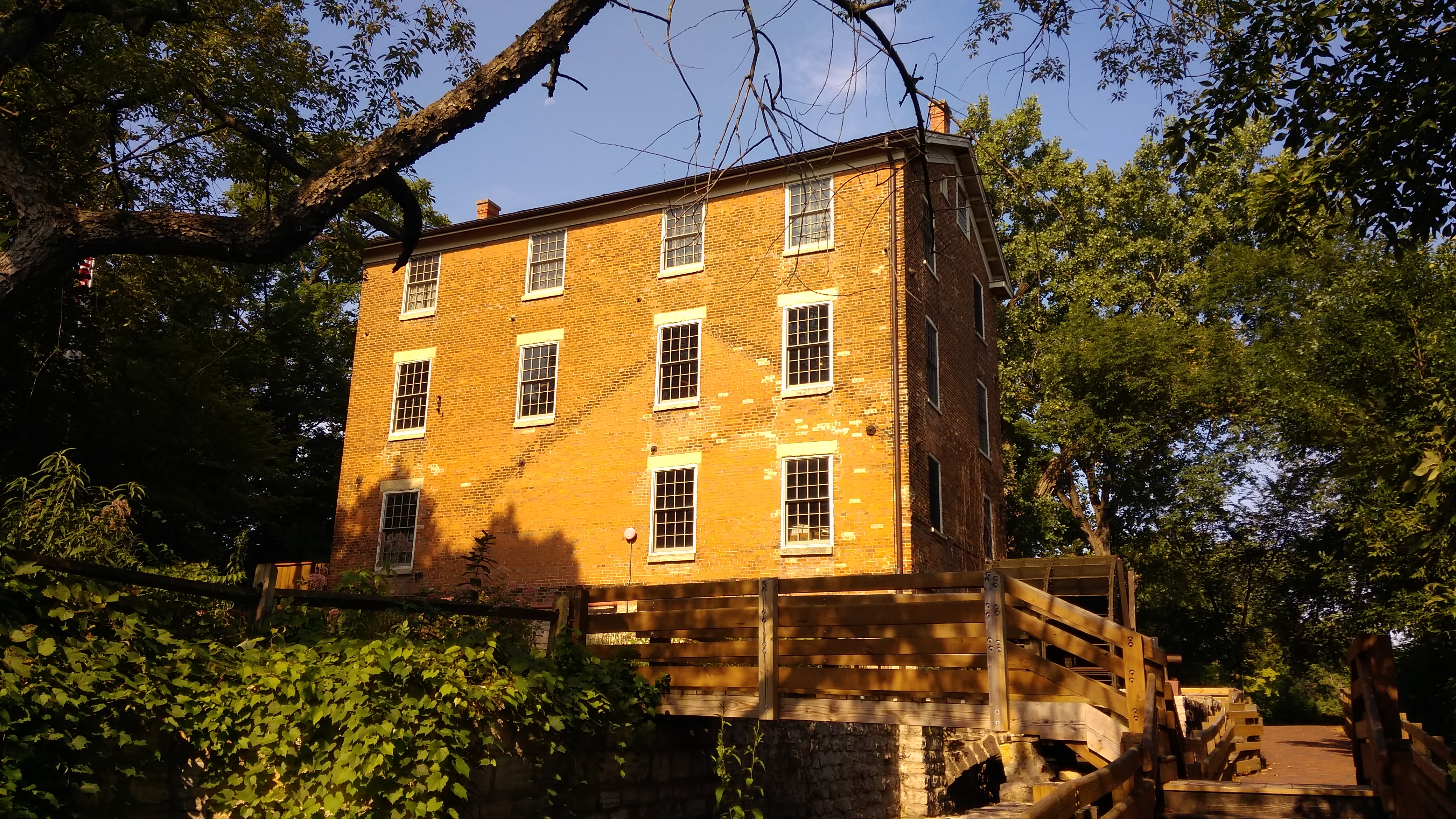 As well as its large water wheel.
As well as its large water wheel.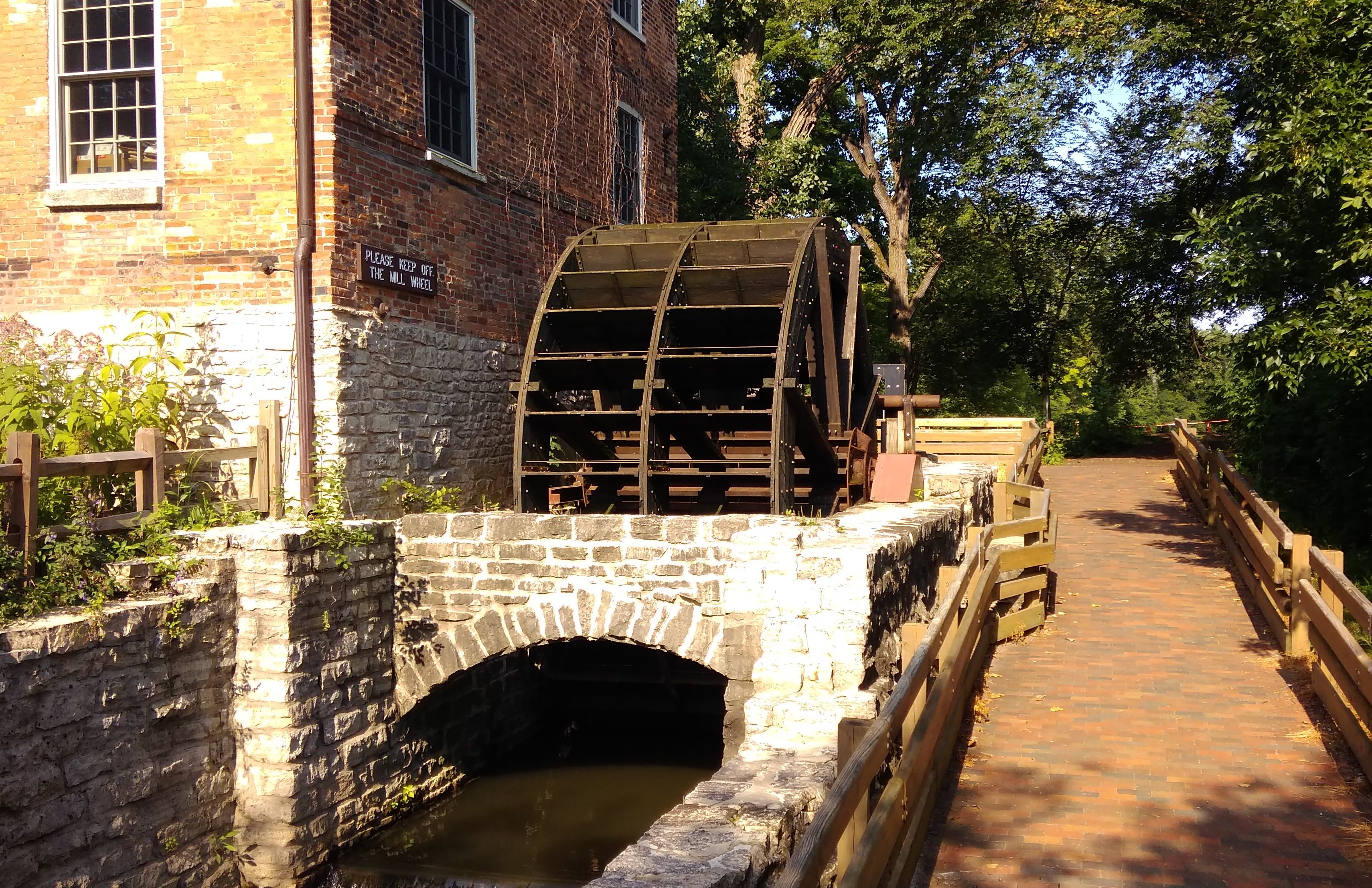 “Frederick Graue was born in Germany, came to the United States and settled in Fullersburg, Illinois, in 1842,” the museum’s web site says. In 1849, he purchased the site of a sawmill that had burned down, along with his partner William Asche, and constructed a gristmill there. Asche later sold his share to Graue.
“Frederick Graue was born in Germany, came to the United States and settled in Fullersburg, Illinois, in 1842,” the museum’s web site says. In 1849, he purchased the site of a sawmill that had burned down, along with his partner William Asche, and constructed a gristmill there. Asche later sold his share to Graue.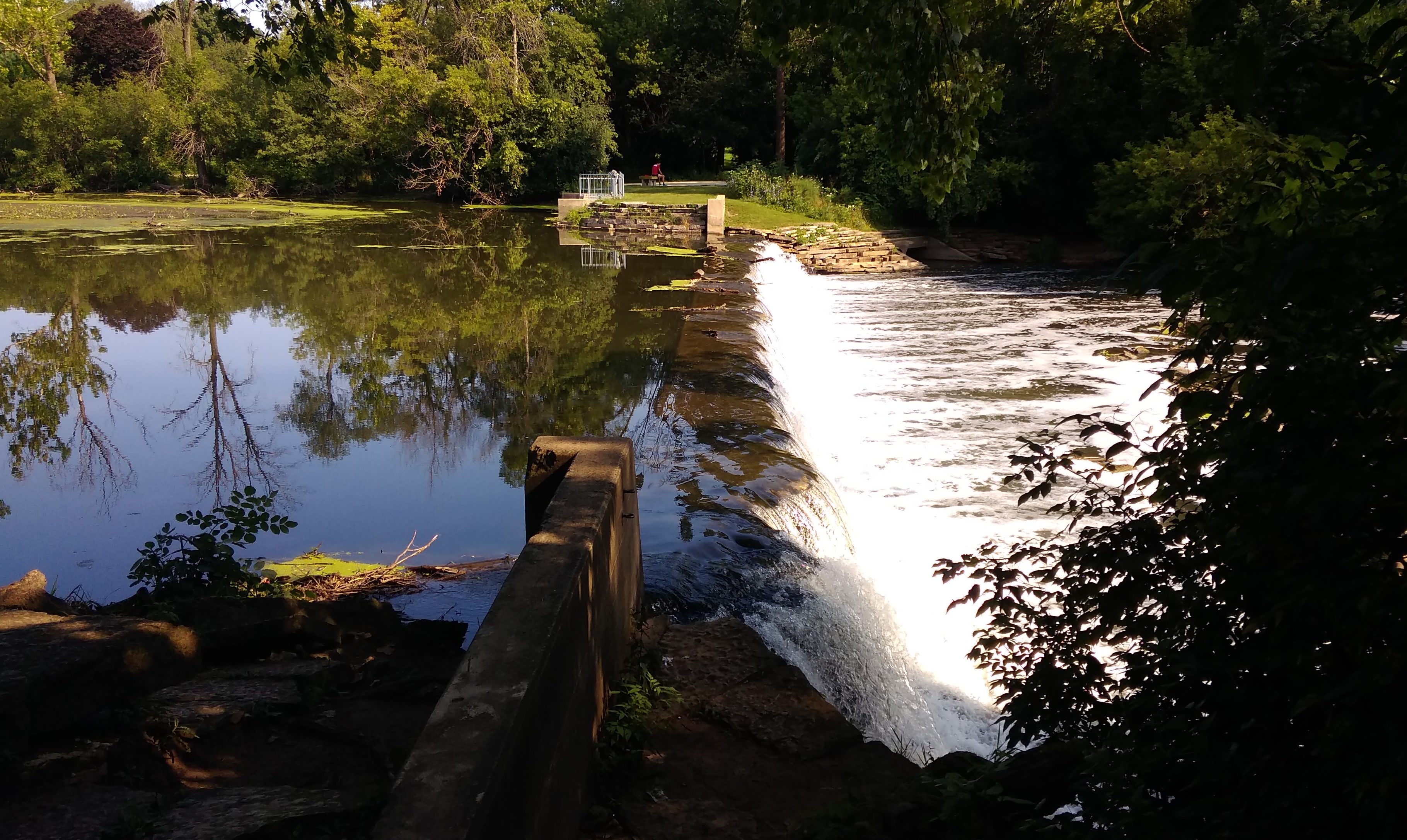 Salt Creek, despite its name, is really more of a river in this part of DuPage County, but never mind. It joins the Des Plaines River in Cook County, which later joins the Illinois and then of course the Mississippi.
Salt Creek, despite its name, is really more of a river in this part of DuPage County, but never mind. It joins the Des Plaines River in Cook County, which later joins the Illinois and then of course the Mississippi.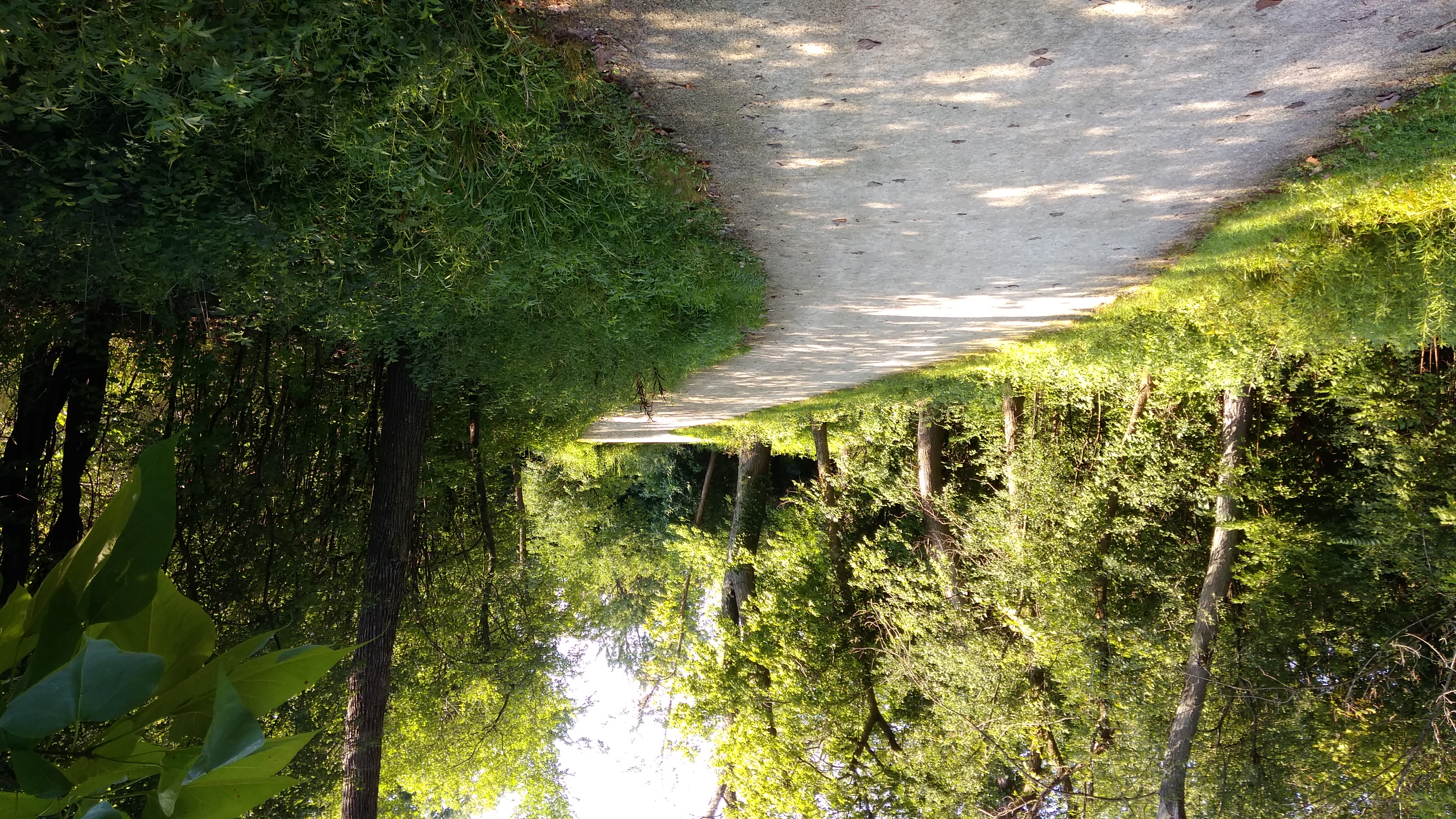 Along the way, the path takes you past other views of Salt Creek, slightly upstream from the mill.
Along the way, the path takes you past other views of Salt Creek, slightly upstream from the mill.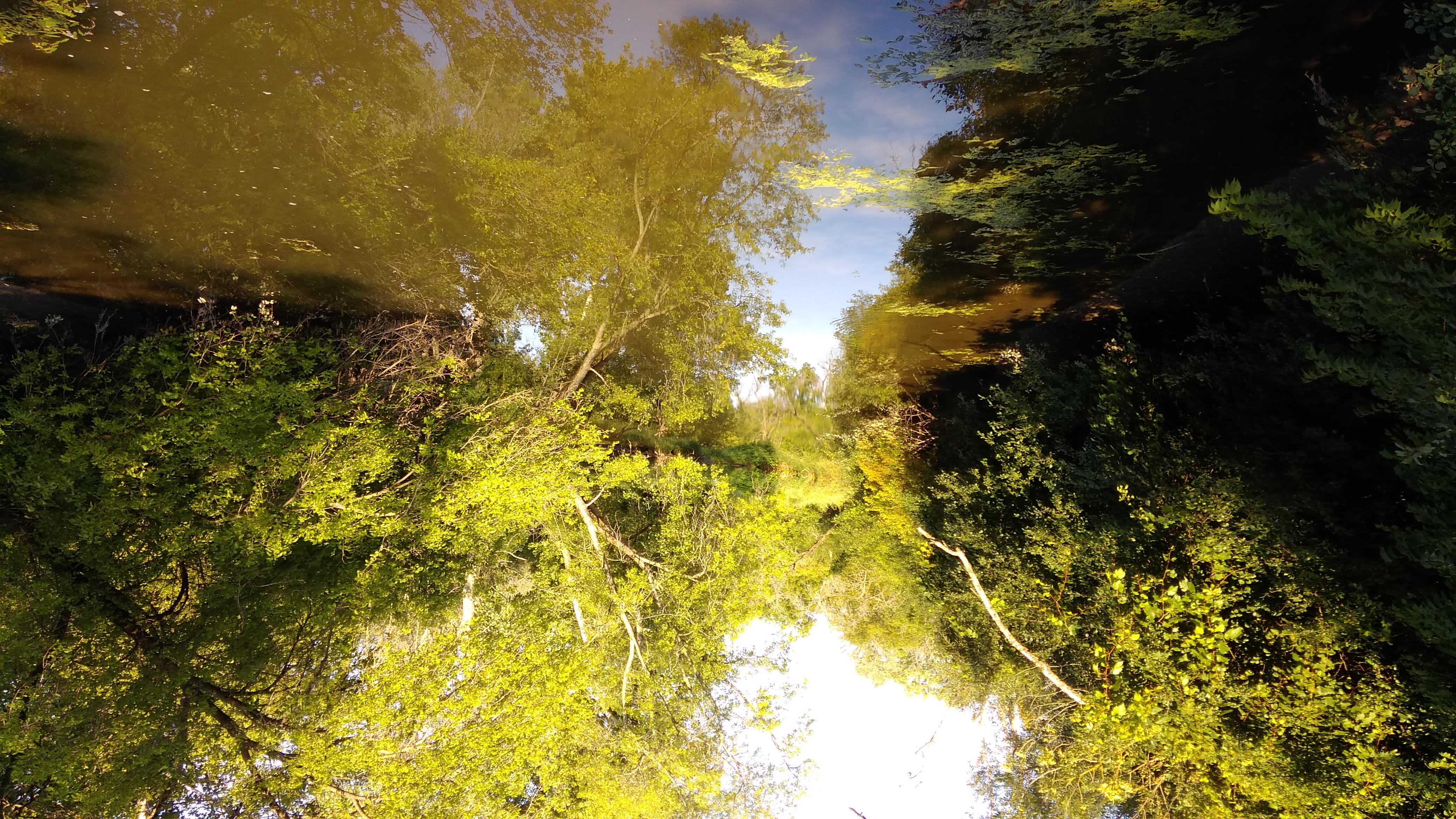
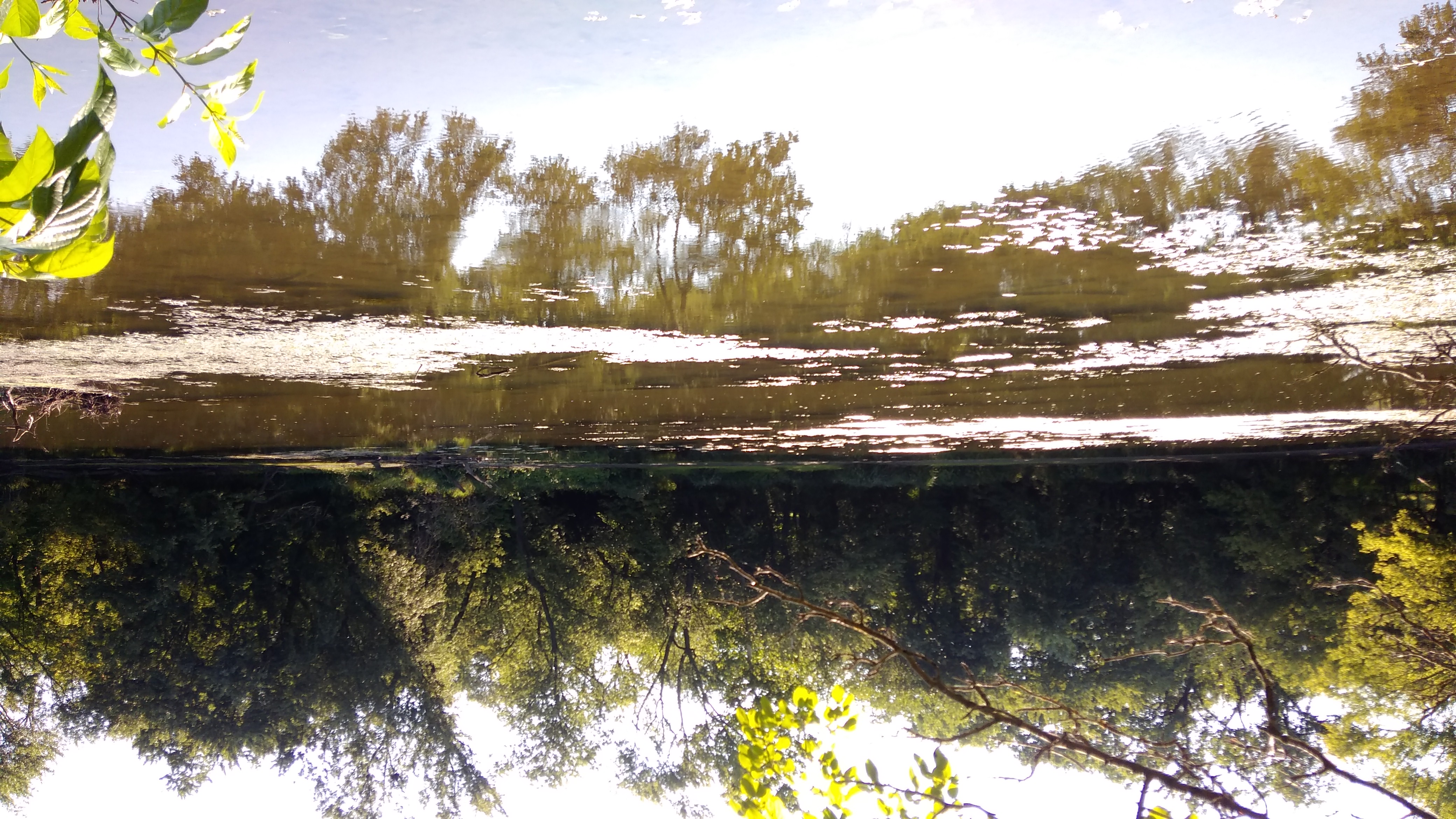 Past summer fields. The years do go by like so many summer fields.
Past summer fields. The years do go by like so many summer fields.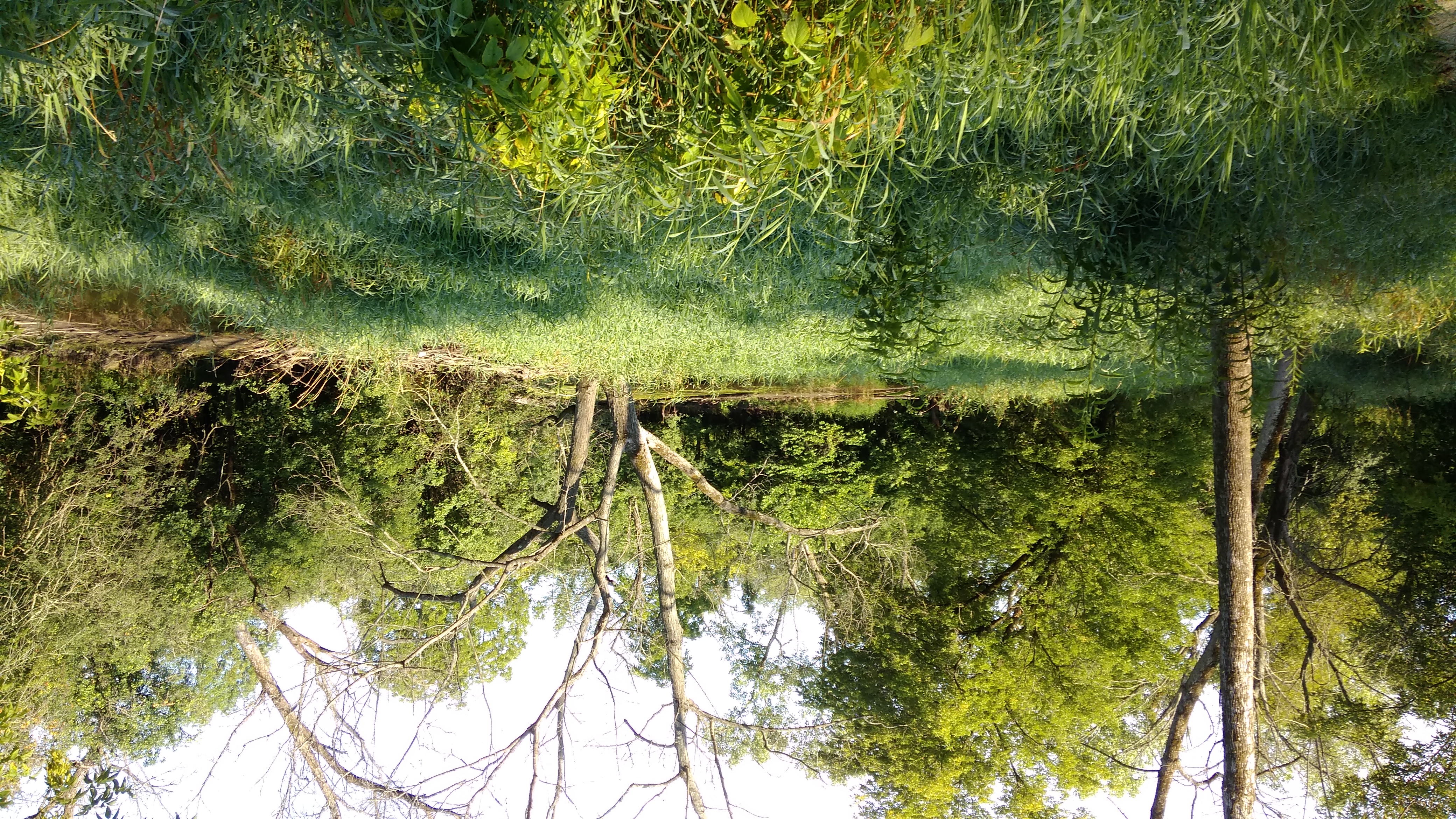
 And a handful of well-maintained CCC structures.
And a handful of well-maintained CCC structures.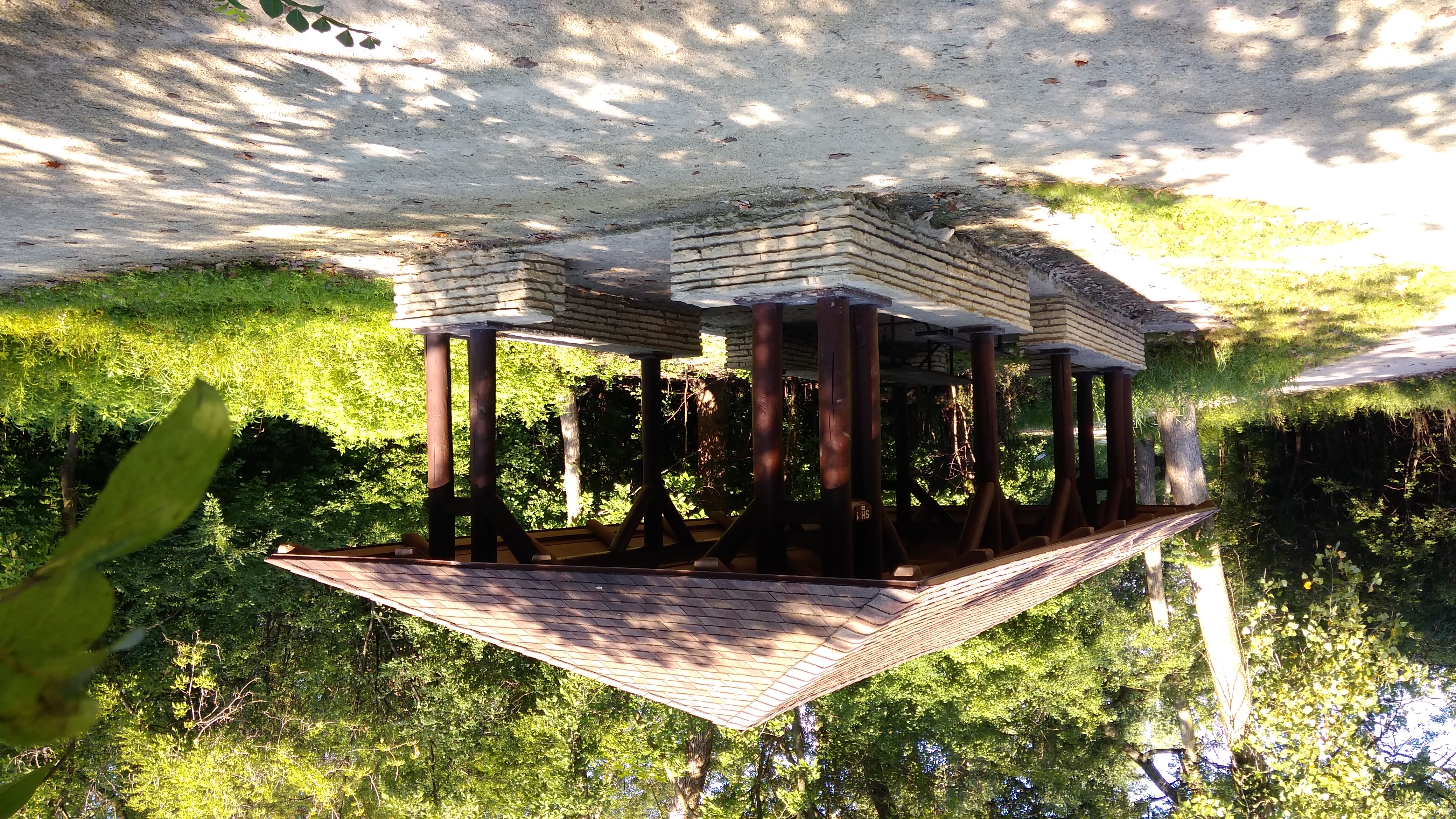 Though I didn’t capture any of the activity with my camera, the paths of Fullersburg Woods are very popular with dog walkers and their dogs.
Though I didn’t capture any of the activity with my camera, the paths of Fullersburg Woods are very popular with dog walkers and their dogs.

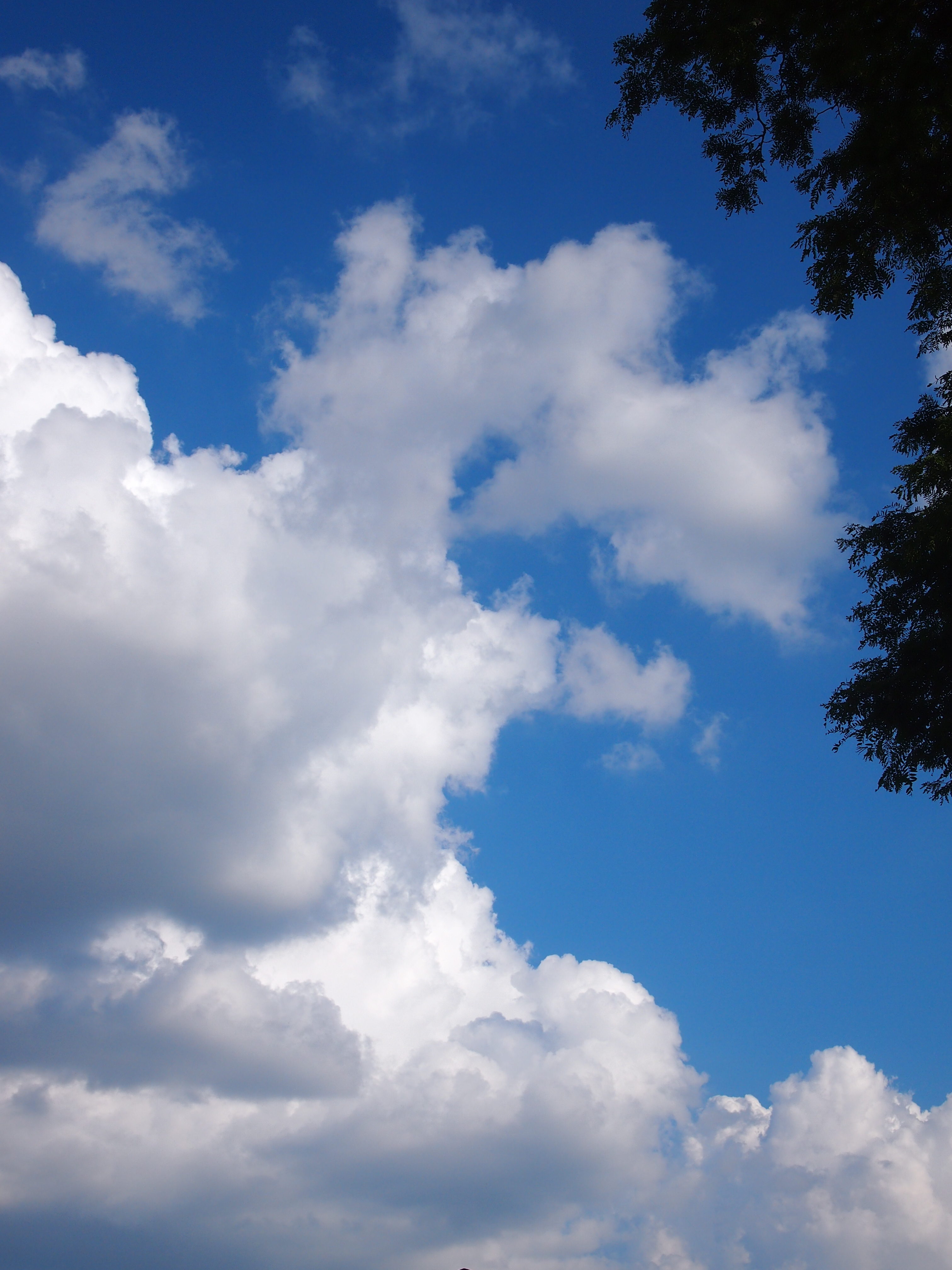

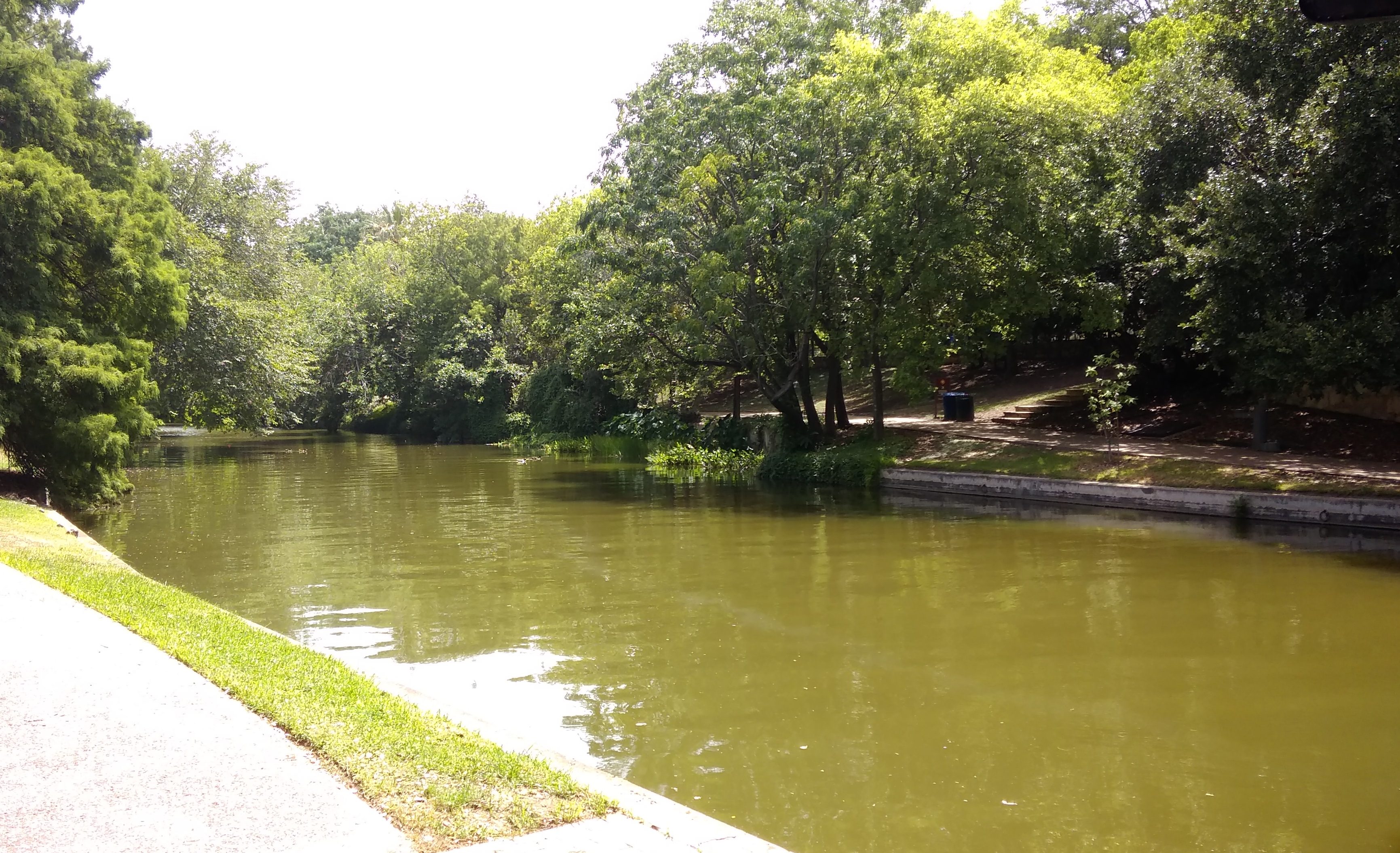
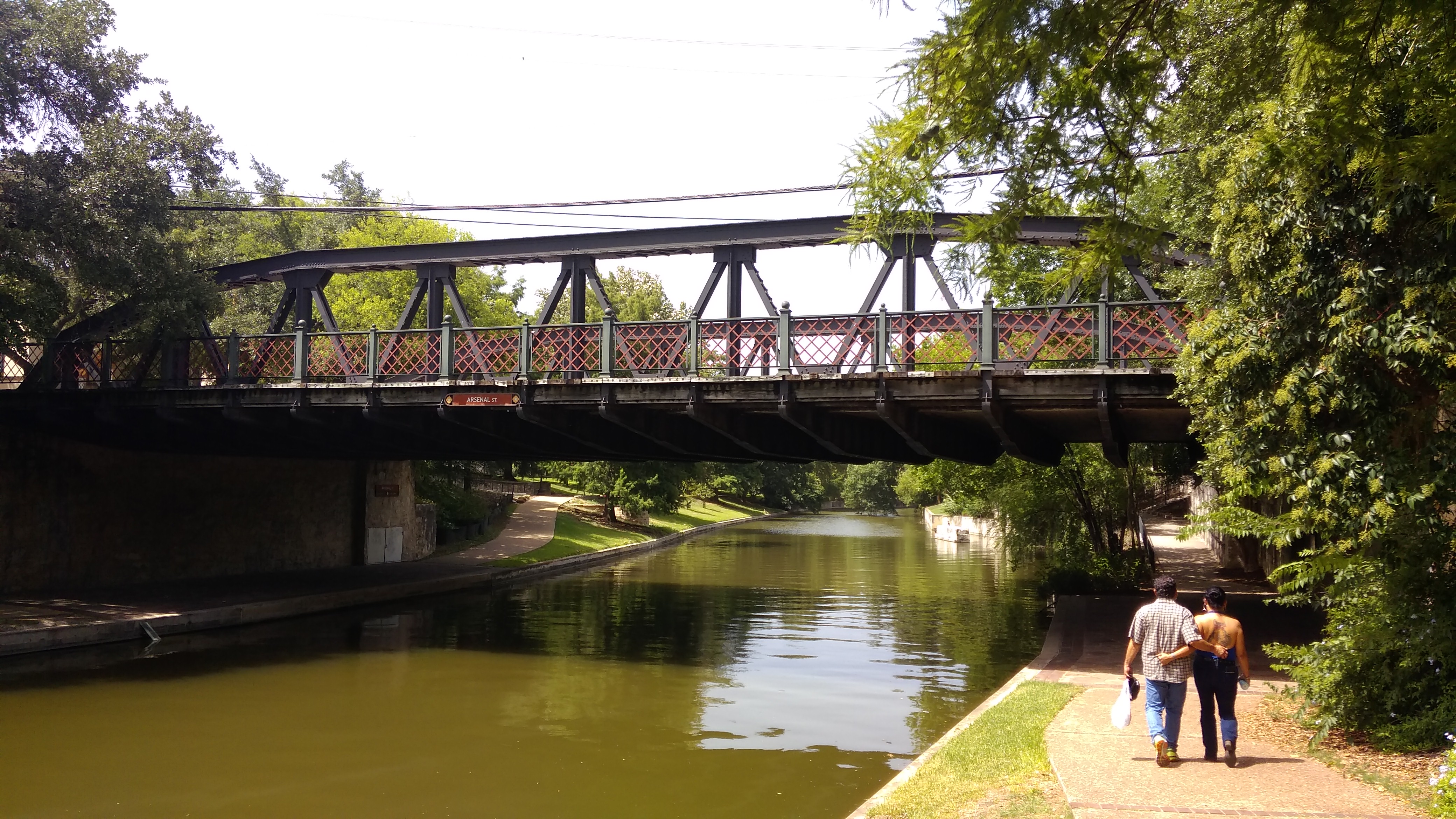
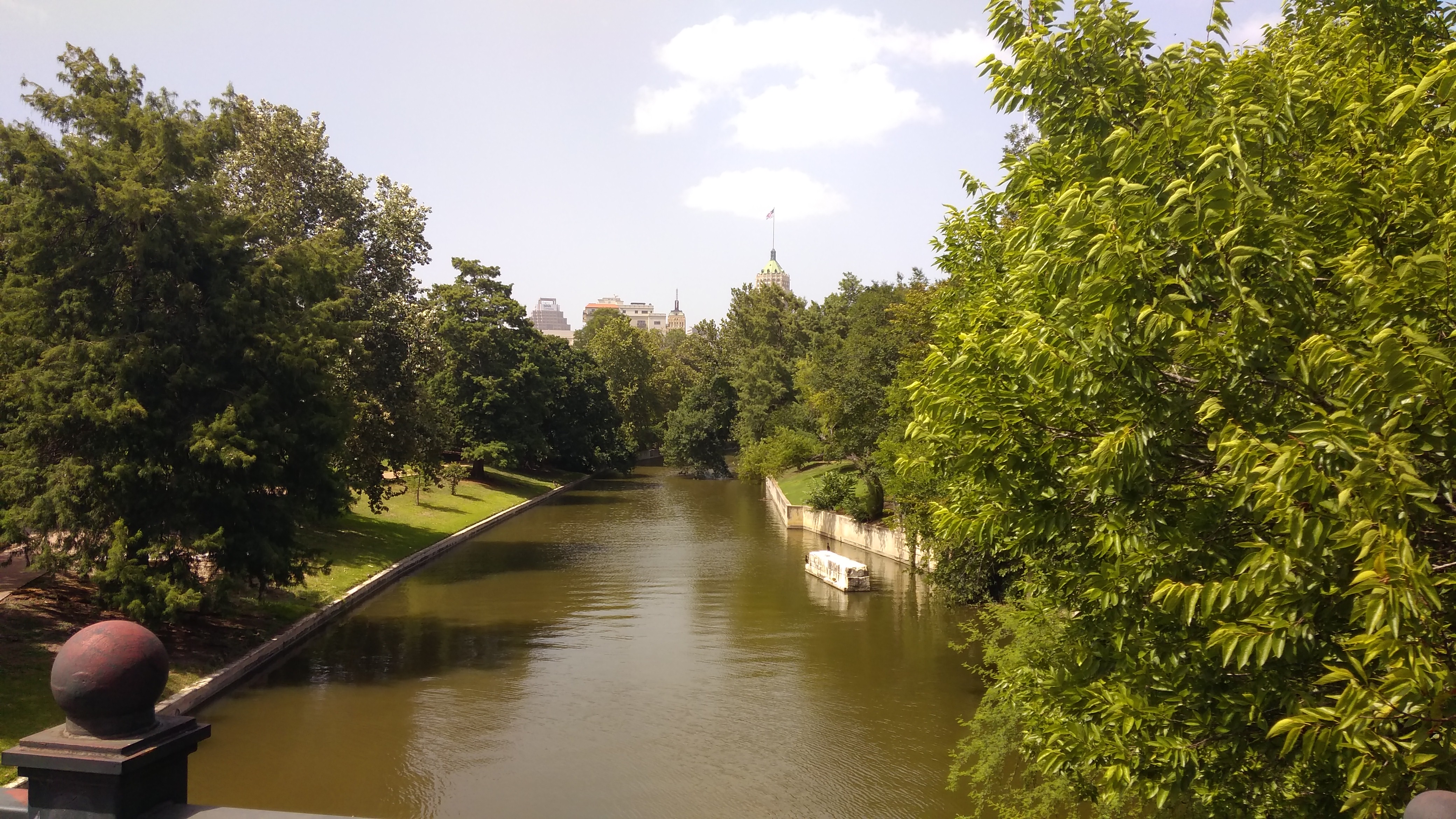
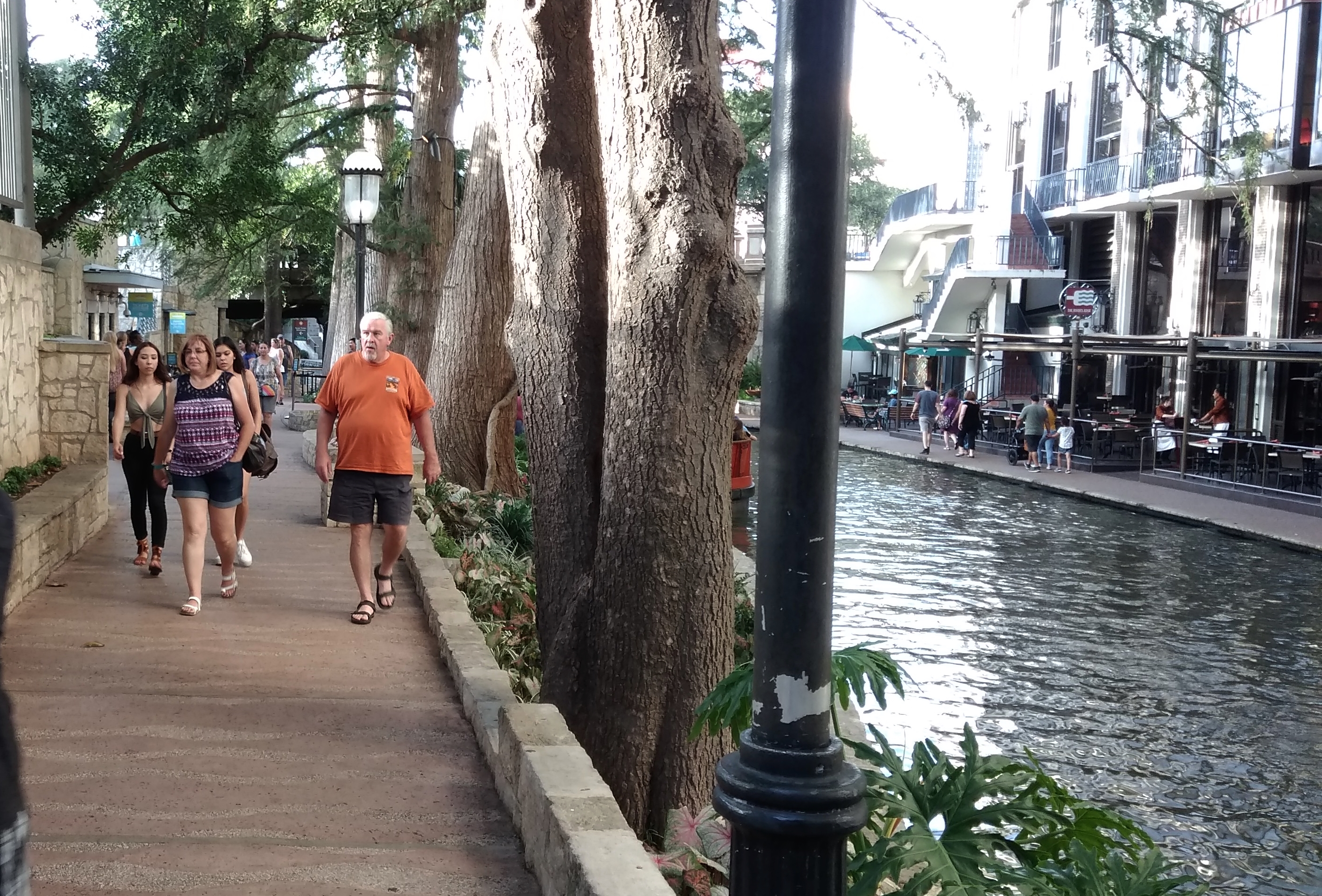
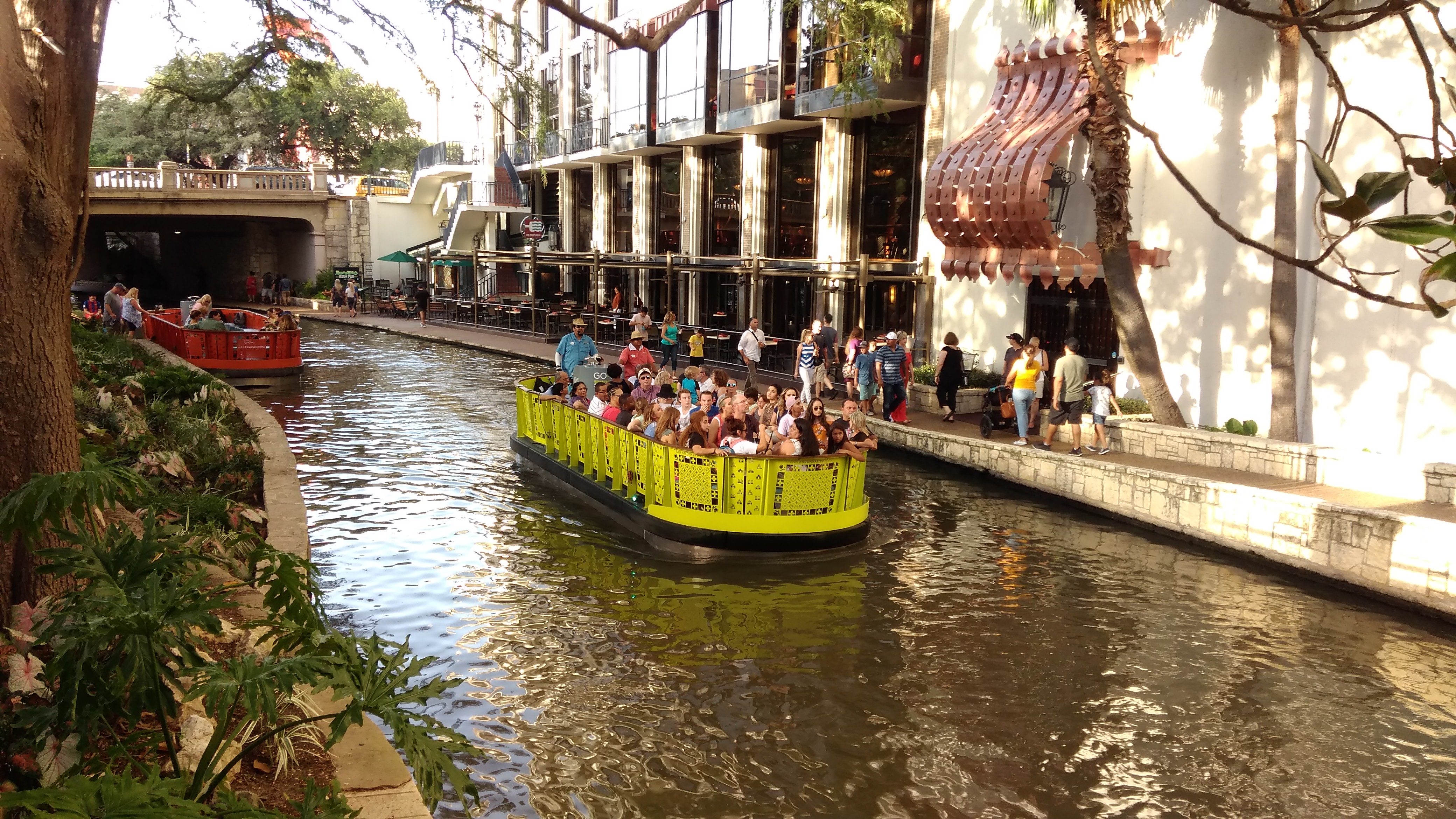
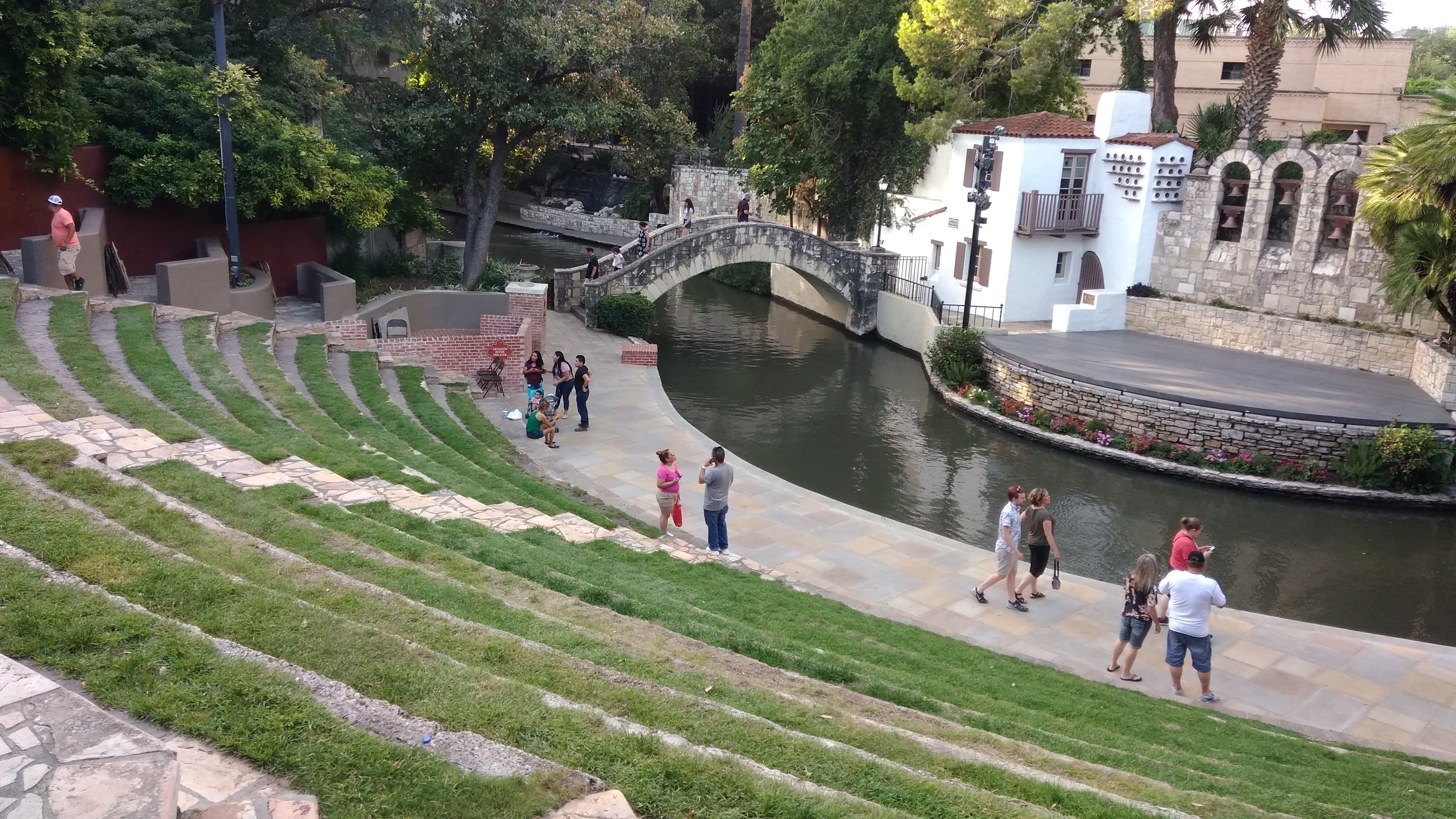



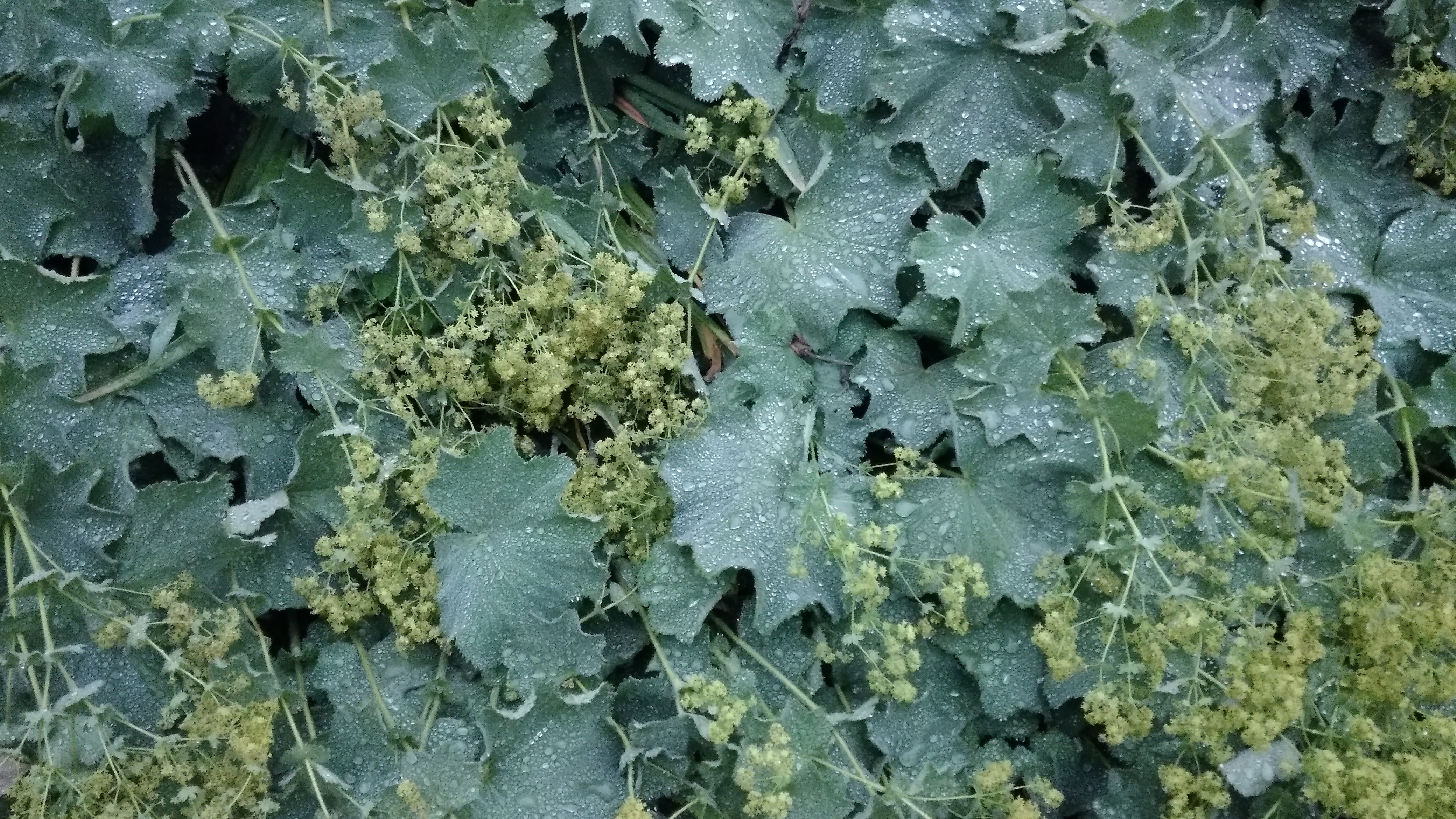

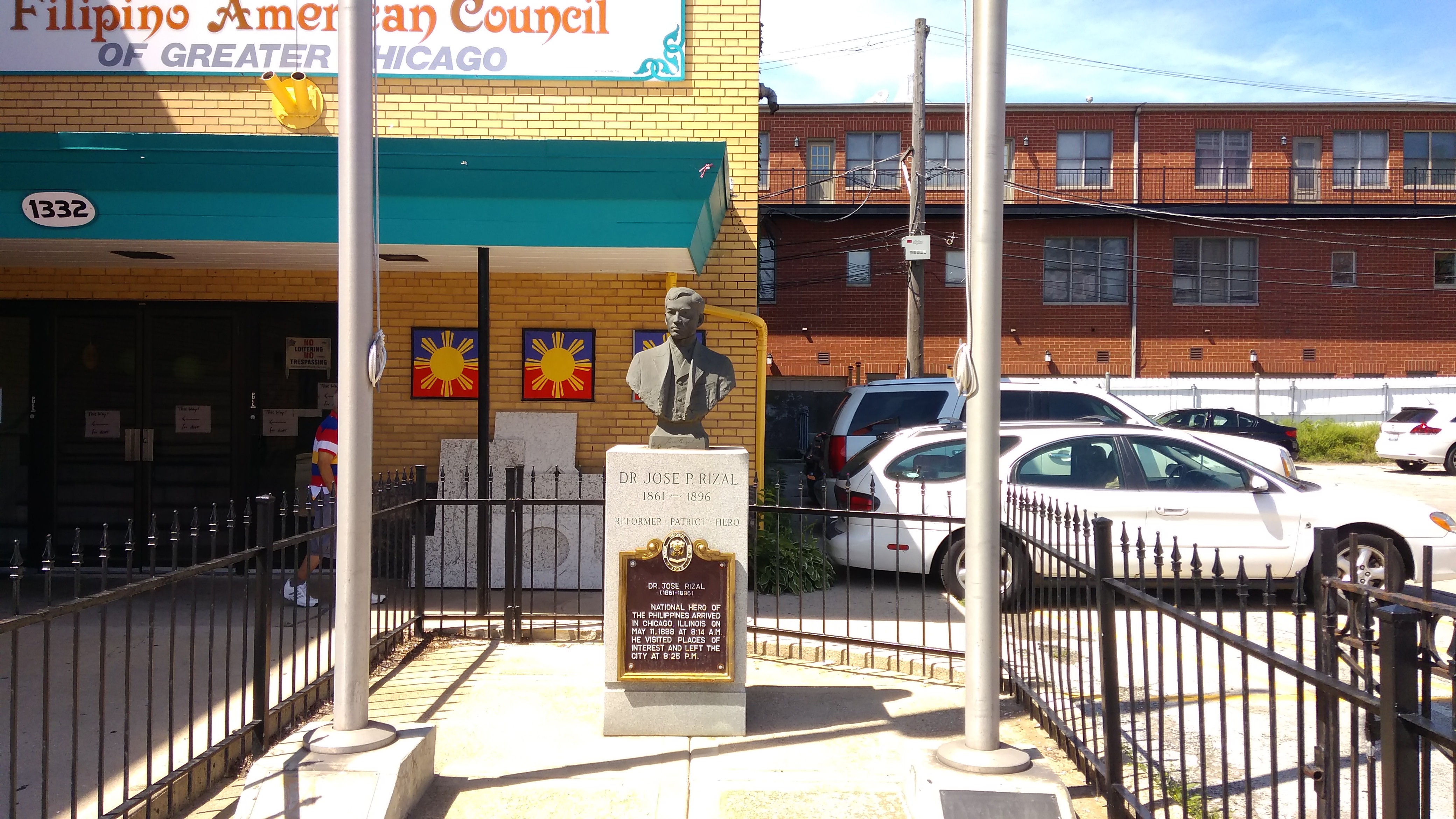 A bust of
A bust of 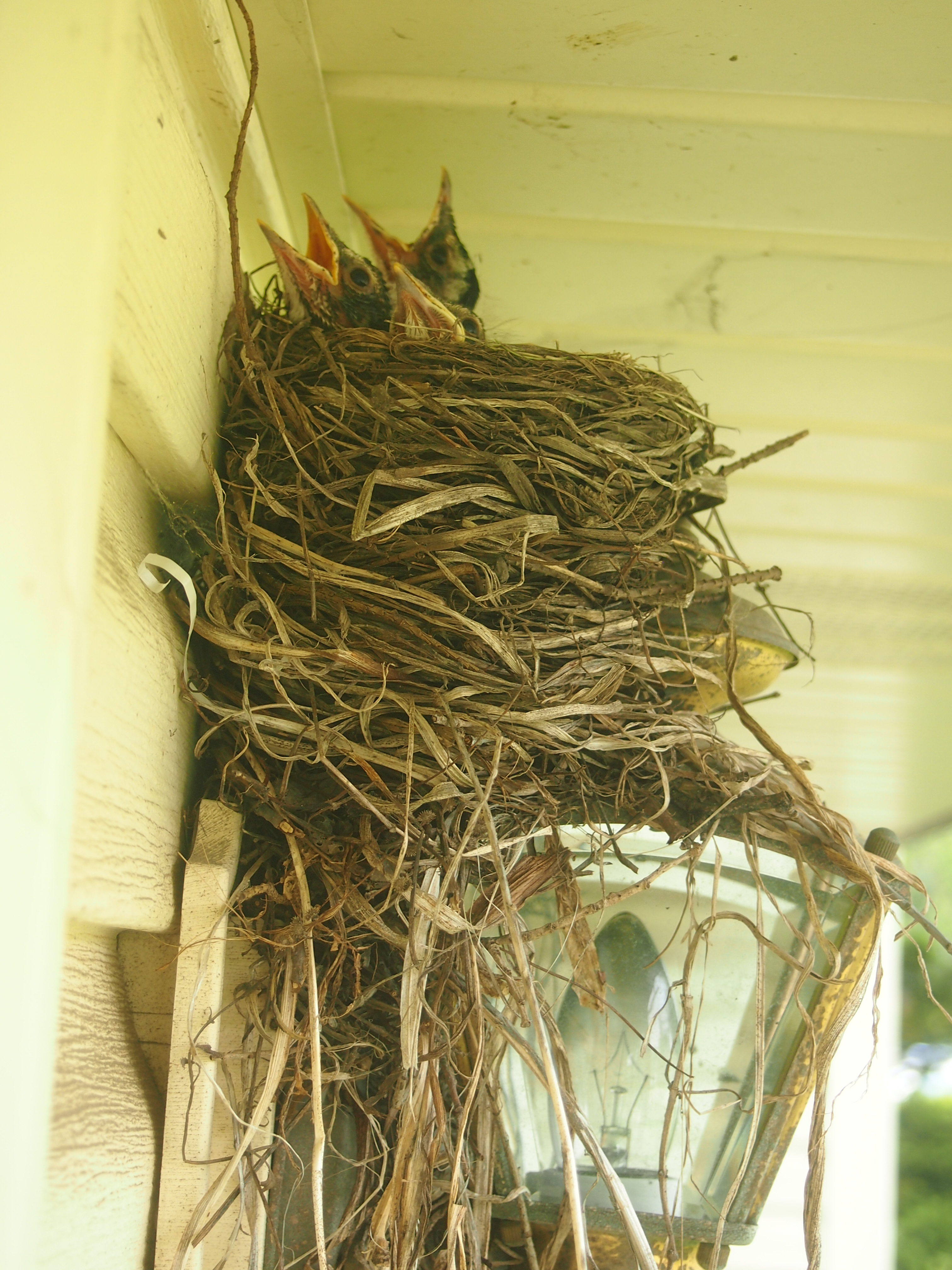 The female and the male robins oblige them. This I can see with my own eyes, though I read a bit about robin behavior to confirm that both parents feed the young.
The female and the male robins oblige them. This I can see with my own eyes, though I read a bit about robin behavior to confirm that both parents feed the young. As
As 